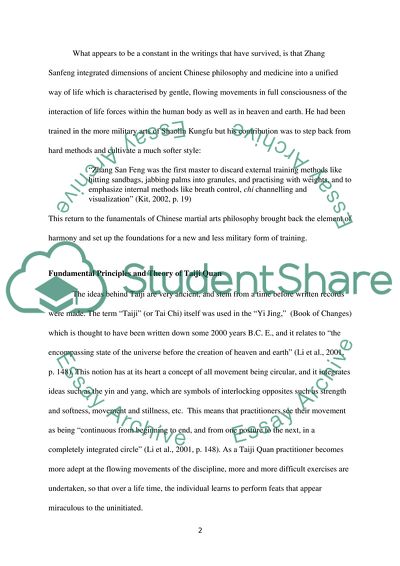Cite this document
(The Historical Development of Taiji Quan Research Paper, n.d.)
The Historical Development of Taiji Quan Research Paper. Retrieved from https://studentshare.org/history/1787720-the-historical-development-of-taiji-quan
The Historical Development of Taiji Quan Research Paper. Retrieved from https://studentshare.org/history/1787720-the-historical-development-of-taiji-quan
(The Historical Development of Taiji Quan Research Paper)
The Historical Development of Taiji Quan Research Paper. https://studentshare.org/history/1787720-the-historical-development-of-taiji-quan.
The Historical Development of Taiji Quan Research Paper. https://studentshare.org/history/1787720-the-historical-development-of-taiji-quan.
“The Historical Development of Taiji Quan Research Paper”, n.d. https://studentshare.org/history/1787720-the-historical-development-of-taiji-quan.


